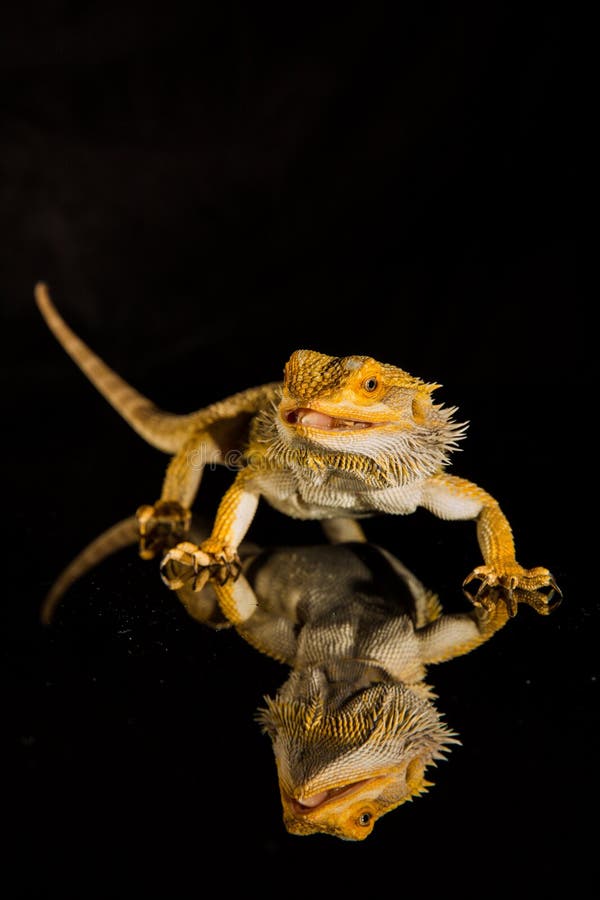
Habitat: Westslope of Colorado in rocky outcrops.ĭiet: Lizards, rodents and small mammals. In juveniles the pattern is distinct, but becomes faded in adults, almost to the point where it is indistinguishable from the ground color.
#Milksnake eating worm series
Great Plains Rat Snake ( Pantherophis emoryi)ĭescription: The color pattern consists of a pinkish, pale brown, yellow-brown, straw-colored, reddish or yellow-brown ground color, overlaid with a series of brown elliptical or rectangular dorsal blotches. Hatchlings emerge August - September average size 12 -18 inches. Eggs laid from June - August average clutch size 7 can range from 3 - 24 eggs. Hissing loudly, along with shaking of the tail, mimicking the sound of a deadly rattlesnake.

When defending themselves from predators, they will elevate and inflate the body, and flatten the head into a triangular shape. Natural History: Great climbers, swimmers and burrower. Habitat: Found throughout the West Slope in all habitat types.ĭiet: Insects, Lizards, Birds, Eggs, Small Mammals The underbelly has a creamy color with small, dark, irregular blotches. The body scales are keeled, and the head has a pointed shape. On each side of the neck there usually is a dark longitudinal stripe that is surrounded by some lighter coloring, which eventually breaks up towards the posterior end of the snake and turns into dashes or small spots. Also known as the Red-sided Garter Snake.Ĭommon Kingsnake ( Lampropeltis getula holbrooki/splendida) Speckled Kingsnakeĭescription: The Great Basin gopher snake has dorsal spots that are dark brown or black, and they are connected to each other by very narrow lines that run along each side of the anterior part of the body. Young born in late summer or fall litters are large, varying from 4-85. Natural History: Named Common Garter not all that common in Colorado this species we encounter way less than the other species of garter snakes except for Blackneck Garters. Habitat: Found in a wide variety of habitats, including marshes and wet meadows, margins of ponds, woodland and woodland edge, floodplains and cultivated fields prefers areas with moderately moist vegetation.ĭiet: Feeds mainly on frogs and earthworms occasionally eats toads, small mice and other small snakes. Belly is white, greenish or gray, with a row of small dark spots along edges. Three yellow body stripes, those on each side of body situated on second and third scale rows (counting from belly up) pattern of black spots on a red background between the stripes on the back.


Colorado is home to three venomous snakes: the western massasauga rattlesnake, the midget faded rattlesnake and the prairie rattlesnake.Description: Harmless. Like encounters with most wild animals, observe snakes from a safe distance. Understanding these differences and getting to know the rich natural histories of snakes can help reduce fear and increase respect for these often misunderstood creatures. Size, color, habitat, behavior, feeding habits each species has a different expression of these characteristics making them unique and special in their own way. The diversity found among these species is simply amazing. Have a mouse problem at home? There’s a snake for that! Spiders taking over your garden? There’s a snake for that too! Centipedes and scorpions have you frozen in terror? Have no fear, the variable ground snake is here!Ĭolorado is home to 29 species of snakes found in a variety of habitats throughout the state. While many people are frightened by snakes, the fact remains that snakes play an important role in the ecosystems in which they are found. Whether they thrill you or terrify you, these creatures provoke strong reactions in us.


 0 kommentar(er)
0 kommentar(er)
